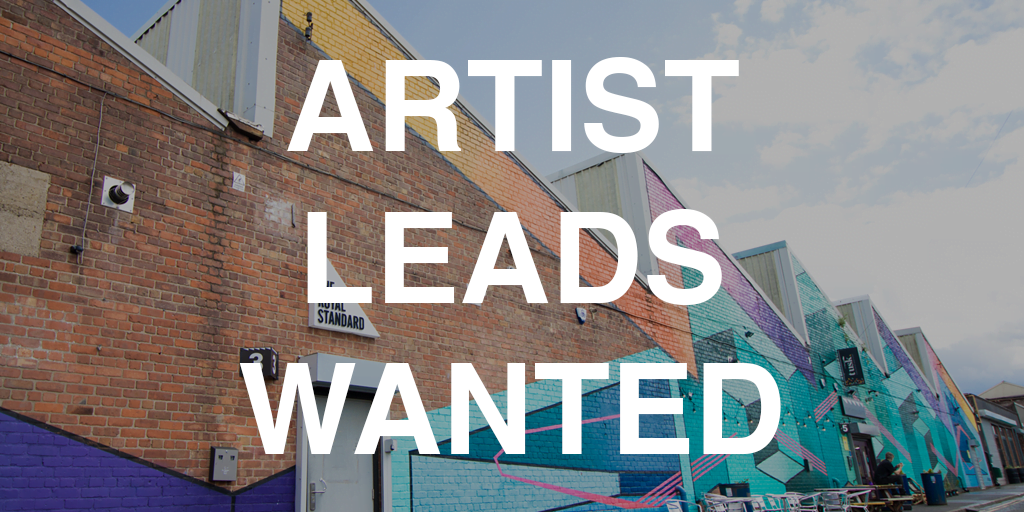
The Royal Standard, a Liverpool-based, artist-led gallery and studios, was initially started to bridge the gap between smaller organisations and large arts institutions within the city. They are currently looking for new Artist Leads to join the team.
The Artist Leads (previously known as Directors) work on a voluntary basis and the role has a suggested and flexible term of maximum two years to allow innovative artistic input and ideas from new artists to keep the organisation fresh, whilst providing an opportunity for personal development for emerging artists and arts professionals.
We chatted with the current Artist Leads: Benjamin Nuttall, Faye Hamblett-Jones, Max Mallender and Benjamin Lunt to find out more about what the role is like and what to expect, especially if you’re thinking about applying.
Describe the role of Artist Lead from your perspective in one sentence.
Benjamin Lunt: A person who is there to support the artist community around them as best as they can whilst broadening their skills.
Max Mallender: Good fun but hard work.
Benjamin Nuttall: An invaluable chance to create change and to be part of a community, while being a roller-coaster physically and mentaly.
Faye Hamblett-Jones: An intense, but beneficial and interesting learning experience.
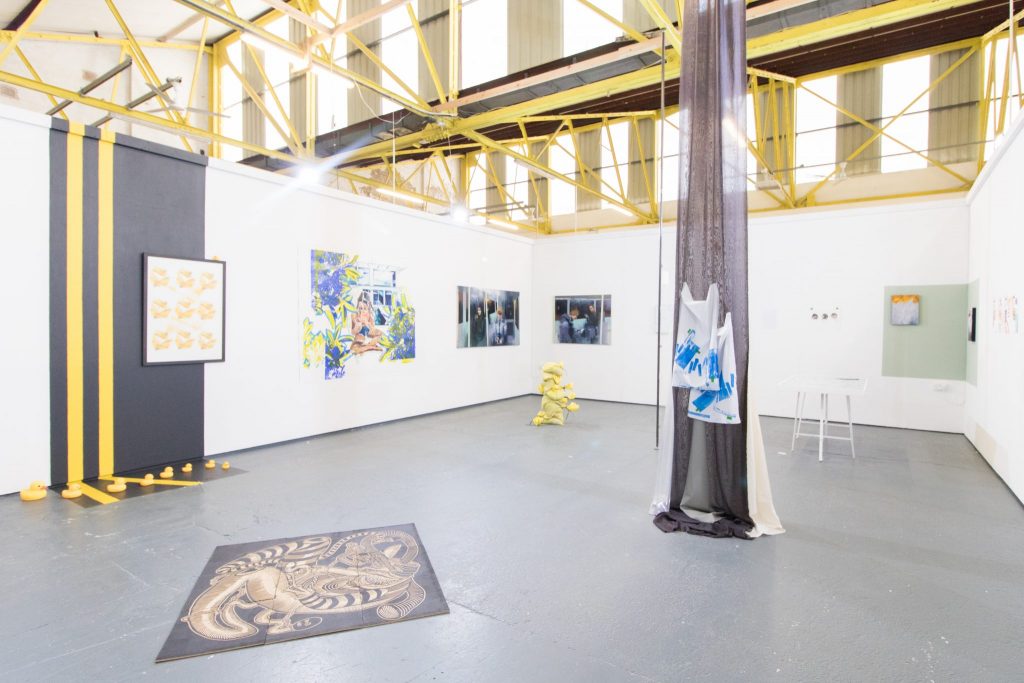
What initially interested you about the role? What made you apply?
BL: I began the role just after leaving university; I was unemployed and unable to find work but willing and passionate to work within the art community in any way that I could. I was new to Liverpool after studying in London and wanted to get to know the city and embed myself within the North West to give back to the community and gain experience to continue working in the arts for years to come. I wanted to learn what it was like in the real world after leaving uni and gain skills that would help me understand what adulting as an artist was really like.
FH: I thought it sounded like a good opportunity to contribute to Liverpool’s arts community, take on some responsibility and gain a broader understanding of the different aspects of running an arts organisation. I was interested in the opportunity to help me streamline my options of what area of the arts I wanted to move forward in. After bumping into Ben Nuttall, I told him it was my dream to be a director one day; he told me TRS were looking for Artist Leads (previously called Directors) so I applied for the role.
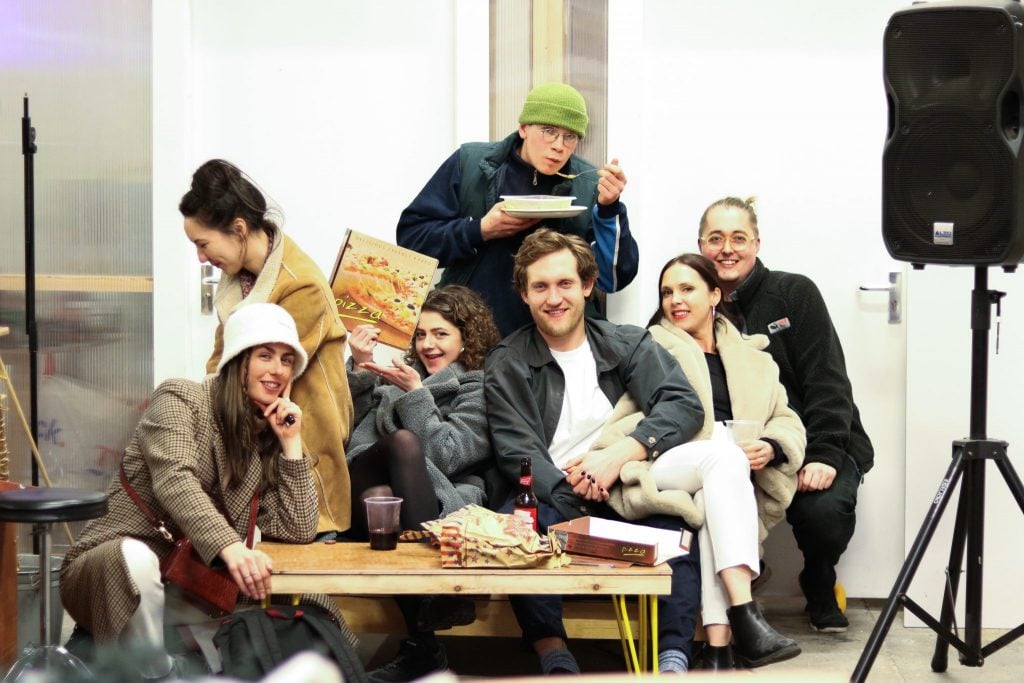
What’s been the most rewarding part of the role and working with the team?
MM: Being part of a team with a shared goal feels pretty good, also learning the confidence to go to meetings and speak at them has been massively beneficial to me!
BN: The role can completely change your artistic practice and change the direction within a person’s career in the arts. With how varied the position is, having so many projects on at once, teamwork is vital to its survival. I feel working so closely in a small team, all trying to achieve the same goals has been one of the most rewarding parts of my time at TRS. You’re not always going to agree, but it’s an important part of the role. Problem solving together and the many discussions we have really impacted my thought process which I will carry beyond my time at TRS.
FH: The most rewarding part for me is knowing you are positively contributing to supporting Liverpool’s artists, but also the friends I’ve made, people I’ve got to meet and confidence it’s given me. The role gives you the opportunity to make contacts that are hard to make early on in your career and even though it is a lot of hard work, there are fun times too.
What’s been your favourite or most surprising moment?
BN: It’s not easy to just pick one but standing back after installing and finishing an exhibition is a surreal moment. Being able to look at something so many people have helped put together and see it finally all come together is a great feeling. The other moment is when it comes to opening the doors to the public.
BL: It seems somehow I’ve become our regular auctioneer at our fundraisers (a job I NEVER thought I’d have taken on when starting the role), but nevertheless I really enjoy it! It’s a bit like a lot of the public-facing side of what we do at TRS, it’s mega nerve-racking, with loads of planning and a stint of hopefulness but it ends up being good fun and all coming together in the end!
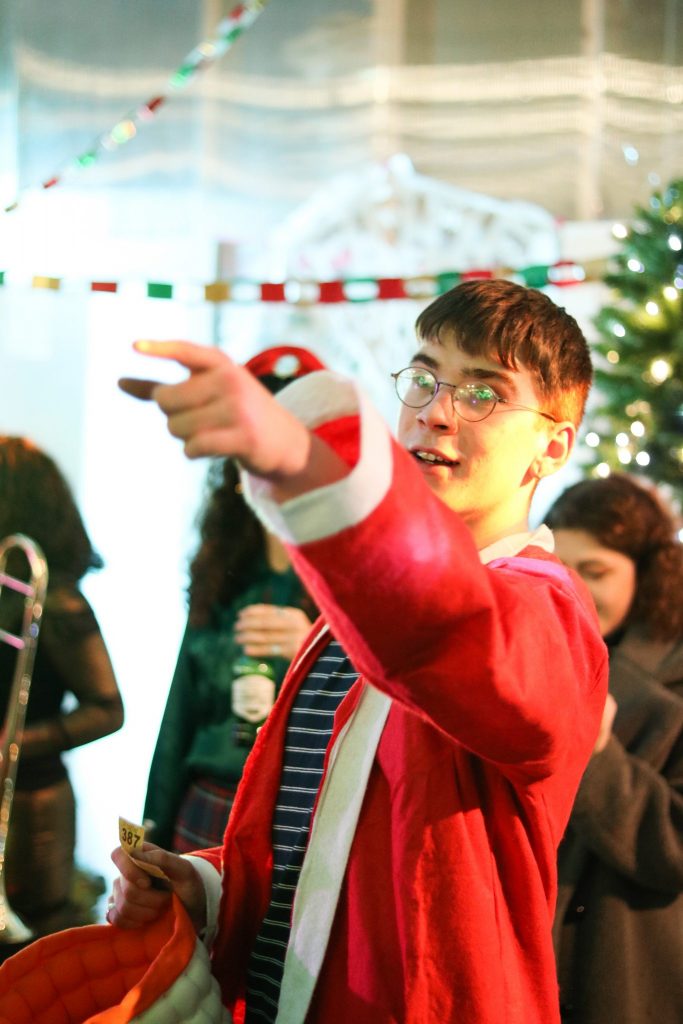
What challenges have you faced?
FH: I think our biggest challenge as a team has been dealing with COVID-19 and trying to navigate making the studio safe for artists to work in, and also securing the studio financially to ensure that everyone actually has a studio to return to. Personally, I struggle switching off from TRS and setting boundaries for myself, eg. not looking at the emails on a Sunday night. It’s only suggested that Artist Leads volunteer two days a week and it’s important to be dedicated, but also recognise when you need to take a step back and look after yourself.
BN: The deadlines are always a difficult task, the turn around time of them can be extremely tight. Our current situation in the world right now has been testing but I feel it makes us all better from learning from it and how to adapt and be better.
BL: I agree with Faye. COVID-19 presents a massive challenge for everyone at the minute, and a massive worry for us as studio organisers to ensure that we are acting as responsibly as possible for everyone’s well being and safety. I also agree about the workload part. There’s been times when work-mode has continued maybe when I should have had a night off, but equally times when I’ve maybe had too many days off when I should have been working. I guess it’s about finding the right balance!
What do you think are the essential skills for the Artist Lead role?
BN: A willingness to dive into tasks and planning. The role is one to help you learn but like anything, you’ll take out what you put in. Being able to collaborate, work with others and to be open to change are all vital too.
BL: I would say that knowing that the role isn’t as glamorous as people might think, and having a willingness to get on with the jobs that aren’t as exciting as curating shows and schmoozing at galleries. Being able to work as a team is also really important and being keen to learn new skills as you develop in the role.
MM: I think being able to communicate well is a big one. Have some forward momentum in your ideas, I like talking and thinking big picture, it gets me excited. Being able to collaborate, and not forgetting to go home when it’s 3am the day before an opening.
FH: An ability to work collaboratively is an important trait; it’s crucial to be open, listen to others and support each other. It’s important to have your own ideas but also being flexible and able to accept feedback on how they might be adapted to work better. Commitment, a positive attitude and willingness to learn is something which will get you a long way in the role too.
What can successful applicants expect in the first few weeks?
BN: Like any new role, it will take a time to get into the groove of it all. With that said the first few weeks will be filled with getting to know who’s involved with TRS at all levels and current plans there are.
BL: We are aiming to improve our induction method with the new Artist Leads and ease them into the role. First they will get to meet our studio members and stakeholders (hopefully in real life, COVID-permitting) and then get into the bulk of it a little more!
You can find out more about The Royal Standard here.
Filed under: Art & Photography
Tagged with: art, artist, artist lead, artist led, director, experience, gallery, organisation, Studio, The Royal Standard, volunteer
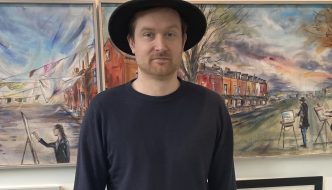
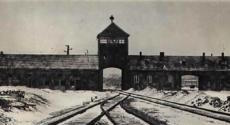

Comments